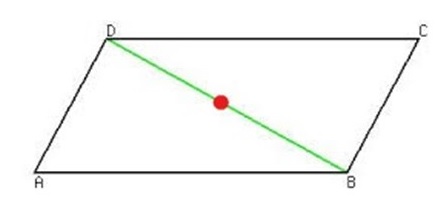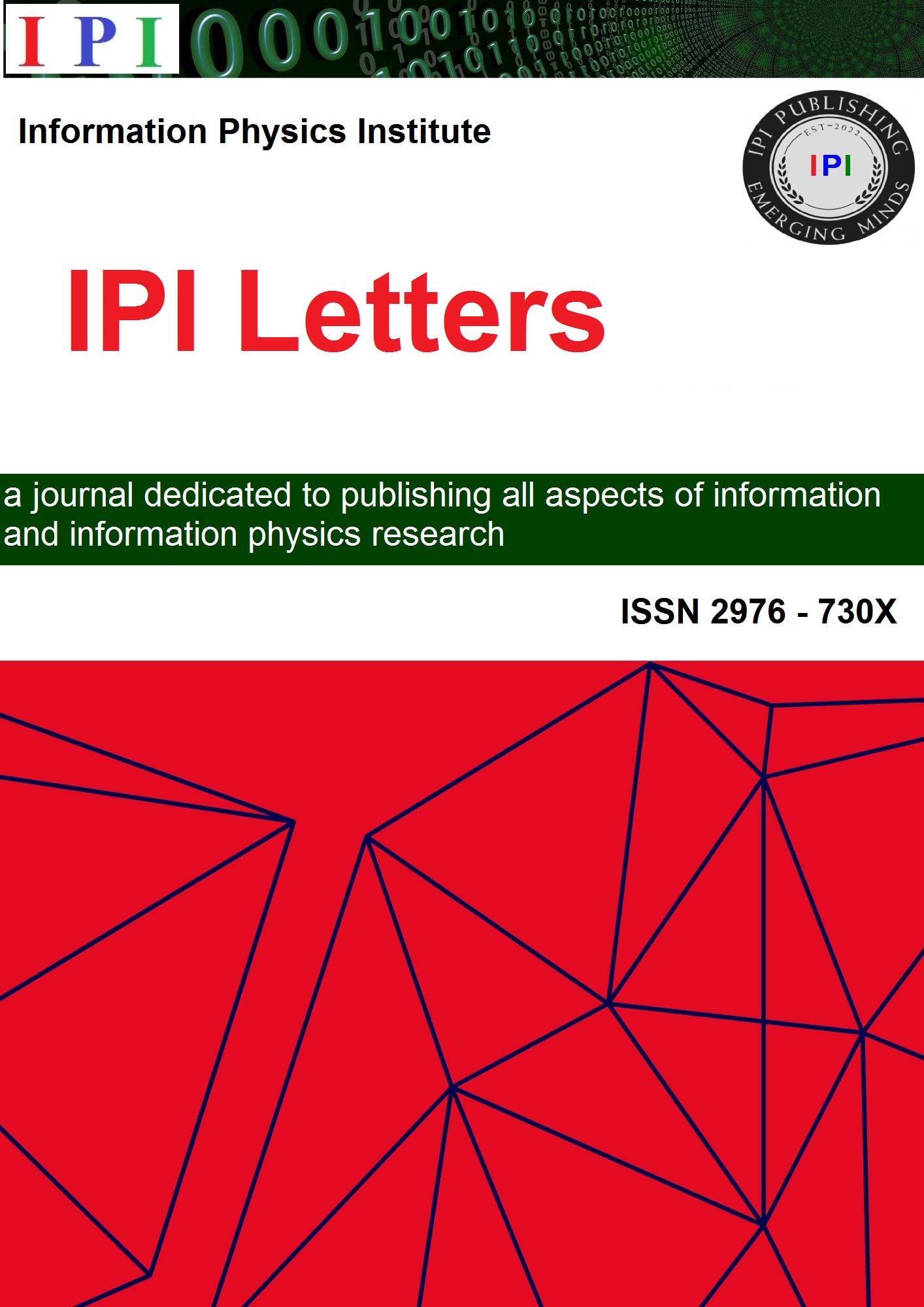Alternative to Big Bang Requires Seemingly Impossible Physics
DOI:
https://doi.org/10.59973/ipil.38Keywords:
James Webb Space Telescope, static universe, advanced waves, unification of time, electromagnetism, gravitation, pi, imaginary time, virtual reality, augmented reality, quantum entanglement, Higgs boson, geometry, geonAbstract
Is there a reasonable alternative to the theory of the expanding universe? The idea of an eternal universe is highly speculative and doesn't quite fit with our current understanding of the universe's origins, such as the Big Bang theory. Any idea that has been around for a century cannot be easily dismissed but the James Webb Space Telescope is casting potential doubts on the Big Bang. If this continues, we may well find ourselves in need of another theory explaining cosmic origins. This submission begins with the “advanced” waves that aren’t scientifically popular because they travel back in time and seem to violate the laws of cause and effect. However, the Nobel-winning physicist Richard Feynman loved them and used them to explain antimatter. And this submission will propose that all time in the past, present, and future is united into one thing and causality need not be considered a problem. It then uses readshift, aka re(tarded)-ad(vanced) shift, to suggest the universe is static and supports that conclusion by a revision of electromagnetism which, thanks to George Yuri Rainich, includes gravitation. This is followed by an alternative to the Big Bang where, seemingly impossibly, the infinite and eternal universe is created using pi, imaginary time, virtual reality, augmented reality, quantum and macroscopic entanglement. Finally, to better explain the unification of everything in time and space, is a shortened section on what is called vector-tensor-scalar geometry which talks about the Higgs boson/field and was inspired by a 1919 paper published by Albert Einstein.
References
Michio Kaku, Physics of the Impossible, Penguin Books, p. 276-277 (2009) ISBN-10: 0141030909.
G. Y. Rainich, Electrodynamics in the general relativity theory, Trans. Amer. Math. Soc. 27, 106-136 (1925). https://www.ams.org/journals/tran/1925-027-01/S0002-9947-1925-1501302-6/ DOI: https://doi.org/10.1090/S0002-9947-1925-1501302-6
J.A. Wheeler, Geons, Physical Review. 97 [2]: 511(1955). doi:10.1103/PhysRev.97.511 DOI: https://doi.org/10.1103/PhysRev.97.511
M. Tegmark, Our Mathematical Universe, Random House / Knopf, (2014) ISBN-10:1846144760.
https://www.informationphysicsinstitute.org/
Konrad Polthier, Imaging maths - Inside the Klein bottle, http://plus.maths.org/content/os/issue26/features/mathart/index (2003).
A. Einstein, Spielen Gravitationfelder im Aufbau der Elementarteilchen eine Wesentliche Rolle? [Do gravitational fields play an essential role in the structure of elementary particles?], Sitzungsberichte der Preussischen Akademie der Wissenschaften, [Math. Phys.], 349-356, (1919).
AstroNews. Astronomy. P.17. February (2019). DOI: https://doi.org/10.4324/9781315121598-2
R. Bartlett, The 5th Dimension and its Implications for the String Theory, Conservation of Energy and Heisenberg Uncertainty Principle. IPI Letters, 1, 41–55. (2023) https://doi.org/10.59973/ipil.29 DOI: https://doi.org/10.59973/ipil.29
R.D. Klauber, Scalars: Spin 0 Fields (2018). http://www.quantumfieldtheory.info/

Downloads
Published
How to Cite
Issue
Section
License
Copyright (c) 2023 Rodney Bartlett

This work is licensed under a Creative Commons Attribution 4.0 International License.














